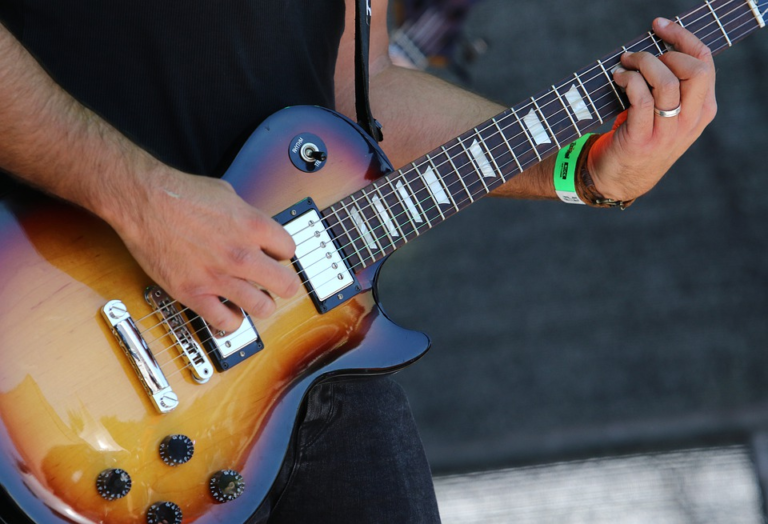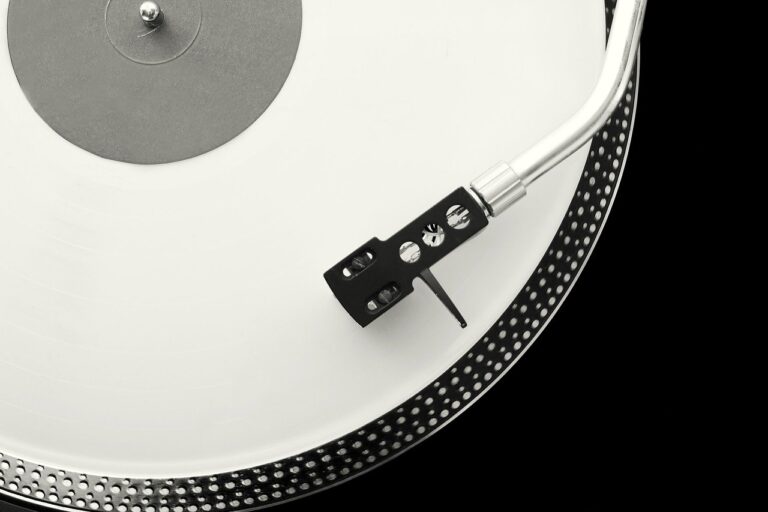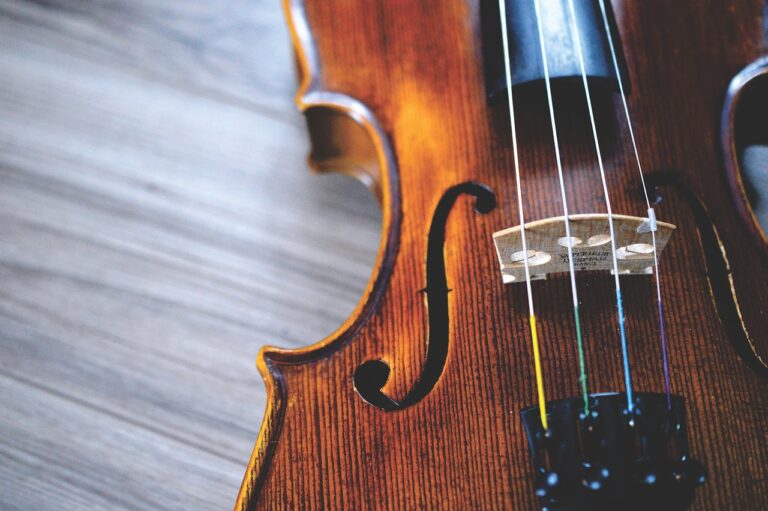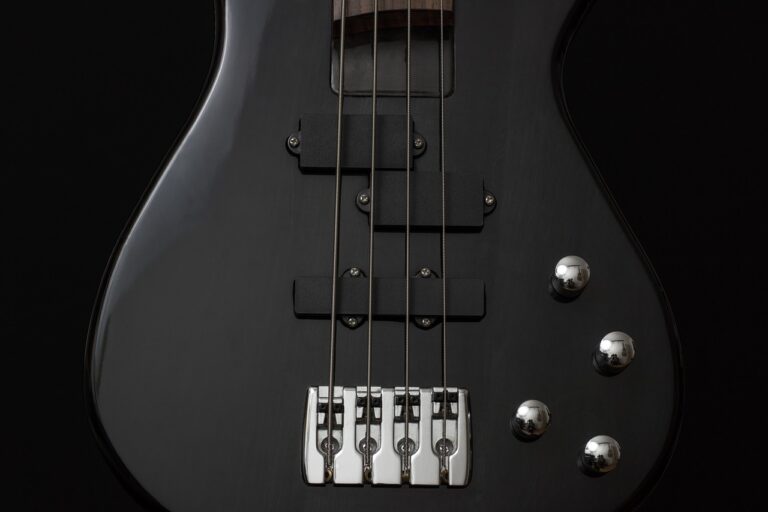It is much easier to understand what groove is with your body than with your mind, but if you try to grasp the most important elements of groove, you can mark out the most important moments, without which its existence is not possible.
Obviously, to understand groove we need to consider the temporal elements of music – meter, rhythm, pulsation.
And the most cursory glance at the structure of groove in any style of music will help us to distinguish the first important element of any groove: cyclicity and pattern.
Here, first of all, we mean the repetition of a steady rhythmic pattern 2-4 bars long, which is the main groove. For example, the pattern 332, tango or bossa nova is the basis for the existence of the groove. Naturally, it is important cyclicality, if the pattern is not repeated, then most likely the feeling of a groove will not arise. At the same time, it is enough to move with simple durations to create a groove, for example, a stepping bass in a quarter movement can create the necessary feeling of a groove.
However, the same pattern, when performed by different musicians can give a feeling of groove, and in the performance of inexperienced musicians will sound like a set of sounds and rhythms. Therefore, the concept of groove must take into account the importance of performance changes that occur on 3 levels:
- Interpretation of the pattern.
- Variation and performance of the pattern
- Varying in a sociocultural context
If a musician unfamiliar with a style, say funk, is asked to play a part written down on sheet music, the groove, as such, will not work, since it is the interpretation of the musical rhythm that turns it into a recognizable style figure. Deviations from the metric grid, accents, dynamics of sounds, pulsation – these aspects of the groove cannot be conveyed in notes and the musician learns the correct interpretation of the groove by ear, and only after that is possible to perform the mastered styles from the sheet.
A 2002 study of Swing Ratios and Ensemble Timing in Jazz Performance: Evidence for a Common Rhythmic Pattern found that deviations in swing pulse performance depend on many factors, such as tempo, performer skill, instrument and its function in the ensemble. Not insignificantly, the scientists in this study found that even within an ensemble, performers can play a swing pulse differently.
This leads us to a paradoxical conclusion: any style pattern that creates a groove has characteristic performance features, and these features vary by the performer depending on specific musical situations.
Klingman, in his lecture on groove, uses the concept of synchronized phase shift, describing the technique of shifting the pattern forward or backward relative to the beat. Any musician is familiar with the exercise of playing forward or backward relative to the metronome, which is aimed at mastering the sense of groove. This technique is also important for understanding how groove functions.
Below, let’s look at a few other important concepts and techniques that relate to groove.
Melorhythm
The definition of melorhythm is used by ethnic music researchers to describe rhythmic figures that are formed not only on the basis of rhythm, but also on the basis of the pitch relationships that can be obtained by combining different percussion instruments. That is, within the rhythmic movement we can find the organization characteristic of the melodic movement. A good example of the melorhythmic approach is Mike Portnoy’s arrangement of parts.
Accents
Within any known pattern, performers create additional sub-patterns through the use of individual accentuation, allowing any groove to be broken down into 2, 3 or even 4 accent lines. In this case, even the simplest backing beat groove can have a large number of variations.
Metric and rhythmic modulations
Rhythmic modulation is a smooth or abrupt change in the basic pulsation. For example, from bipartite to triplet. Such a change can be one-time or, as in swing, it can be the basis of a groove. Listen to the intro to the song Since I’ve been lovin’ you by Led Zeppeling as an example of the constant blending of pulsation from 3 to 4 and back again.
Metrical modulation involves the addition or removal of bars, as well as abrupt changes in size.









